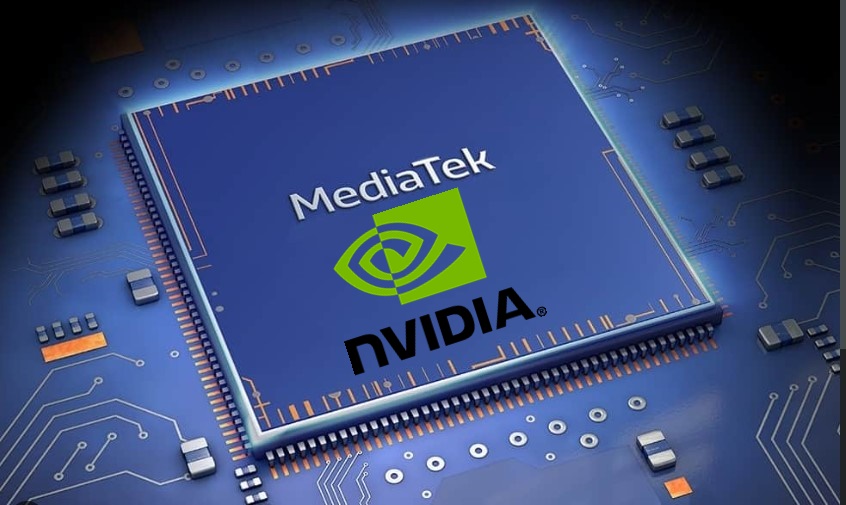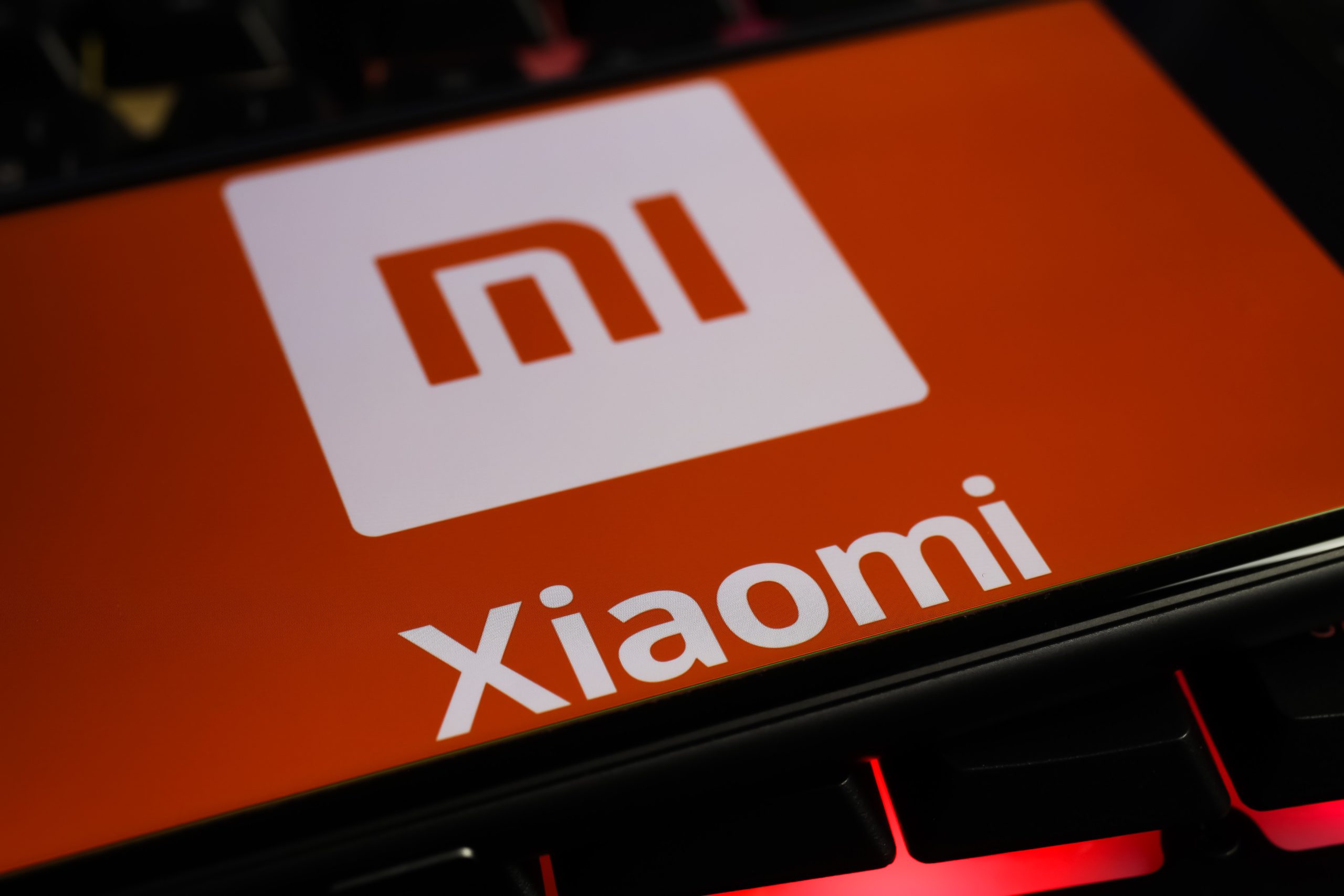Flashing custom ROMs on Android devices has become a popular way for users to explore new possibilities, customize their devices, and enhance their overall experience. However, the process of flashing a phone can be complex and requires careful attention to avoid potential issues. One common problem that users encounter is their phone not turning on after flashing with the SP Flash Tool. This can be a frustrating and concerning situation, but there are steps you can take to troubleshoot and resolve the issue.
In this comprehensive troubleshooting guide, we will explore the causes behind the problem and provide you with a series of solutions to help you revive your phone. Whether you are an experienced user or new to flashing, this guide will equip you with the knowledge and tools necessary to overcome this issue and get your phone back up and running.
Reasons Why Your Phone is Not Turning On After Flashing
There are several factors that could contribute to your phone not turning on after flashing with the SP Flash Tool. Understanding these causes can help you identify the specific issue and take appropriate action. Here are some common reasons why this problem may occur:
- Interruption During Flashing Process: One of the main reasons your phone may not turn on after flashing is due to an interruption during the process. It is crucial to ensure that your device remains idle and connected to your PC throughout the entire flashing process. Any disruption or disconnection can result in a failed flash and prevent your phone from turning on.
- Incompatible or Corrupted Firmware: Using incompatible or corrupted firmware can lead to issues with your device. It is essential to download the correct firmware for your specific phone model from official sources. Using firmware from unreliable or unauthorized websites can result in permanent damage to your phone and make it unresponsive.
- Incorrect Flashing Procedure: Flashing with the SP Flash Tool requires following a specific procedure to ensure successful installation. If you skip important steps or make mistakes during the flashing process, it can prevent your phone from turning on. It is crucial to carefully follow the instructions provided by the tool and double-check your actions to avoid any errors.
- Problems with Scatter File: The scatter file is an essential component of the flashing process as it instructs the SP Flash Tool on how to flash firmware files to specific address locations. If the scatter file is corrupted or incorrect, it can cause the flashing process to fail and result in your phone not turning on.
- Issues with Bootloader: Your phone’s bootloader plays a crucial role in the flashing process. If you are flashing a custom ROM or script, it is necessary to unlock the bootloader first. Failure to do so can prevent your phone from booting up properly after flashing.
These are just a few of the potential causes behind your phone not turning on after flashing with the SP Flash Tool. Now, let’s explore the solutions to this problem and guide you through the troubleshooting process.
Troubleshooting Steps: Phone Not Turning on After Flashing
To resolve the issue of your phone not turning on after flashing with the SP Flash Tool, we have compiled a series of troubleshooting steps for you to follow. These steps are designed to address the common causes mentioned earlier and help you revive your device. Let’s dive into the solutions:
1. Charge Phone Before Flashing
Before flashing your phone, ensure that your device has a fully charged battery. Since the first boot after flashing a custom ROM or stock firmware requires setup time, having a charged battery is essential. Connect your phone to a wall charger and let it charge for at least 1 hour or until the battery level reaches 50%. This will ensure that your device has enough power to boot up after flashing.
2. Keep Your Phone Connected
If your phone does not turn on after flashing, leave it connected to your computer for some time. After the flashing process, devices are often left with minimal charge. By leaving your phone connected for a while, it will gradually charge and may automatically revive itself. Be patient and give it some time before attempting to power it on again.
3. Download Correct Firmware
One common reason for a phone not turning on after flashing is using incorrect firmware. Ensure that you download the correct firmware for your specific phone model from official sources. Using firmware from unreliable or unauthorized websites can lead to compatibility issues and prevent your phone from powering on. Always double-check the compatibility of the firmware with your device before flashing.
4. Extract Firmware Correctly
If you are dealing with firmware files in OPF format, you may need to extract them correctly before flashing. Some Mediatek devices, such as those from Oppo, Vivo, and Realme, come in OPF file format, which may not be readily compatible with the SP Flash Tool. Use a reliable OPF extractor tool, such as MABT (MTK Auth Bypass Tool), to extract the required firmware files in the correct format. Ensure that the extracted files are checked for compatibility and match the scatter file before proceeding with the flashing process.
5. Check Compatible Firmware
Always verify that the firmware you are flashing is compatible with your specific phone model. Flashing non-compatible firmware can cause permanent damage to your phone and prevent it from turning on. Check for supported firmware using the IMEI number of your device or consult official sources for information on compatible firmware versions. It is crucial to select the right firmware to avoid any compatibility issues.
6. Disclude Cache & UserData Images
When flashing firmware files with the SP Flash Tool, you have the option to exclude cache and user data images. These files are not essential for the flashing process and may contribute to the issue of your phone not turning on. Before starting the flashing process, ensure that you exclude the cache, dalvik cache, and user data images. This can help eliminate any potential conflicts and increase the chances of your phone powering on successfully after flashing.
7. Disclude Verified Boot Images
Verified boot images are files that verify the firmware files before booting up the device. However, these files are not necessary for your phone to turn on after flashing. Skipping these files can bypass the third-party verification process and potentially resolve the issue of your phone not turning on. Exclude the verified boot images during the flashing process to increase the likelihood of a successful boot.
8. Flash With Bootloader Unlocked
If you are flashing a custom ROM or script, it is crucial to unlock the bootloader on your device before proceeding with the flashing process. The bootloader is responsible for protecting the device’s internal storage from unauthorized use. Unlocking the bootloader will allow you to flash custom firmware and increase the chances of your phone turning on after flashing. Follow the appropriate steps to unlock the bootloader before attempting to flash any custom ROM or script.
9. Flash With Correct Scatter File
The scatter file is a crucial component of the flashing process, as it provides instructions to the SP Flash Tool on how to flash firmware files to specific address locations. If the scatter file is incorrect or corrupted, it can lead to a failed flash and prevent your phone from turning on. Ensure that you have the correct scatter file for your specific phone model and verify its accuracy before proceeding with the flashing process.
10. Flash With Correct IMG Files
When flashing firmware with the SP Flash Tool, it is important to ensure that the correct IMG files are loaded into the tool. The bootloader you are using may not provide clear instructions on which IMG files need to be flashed in the EMMC memory. This can lead to soft bricking or your phone not turning on after flashing. Before starting the flashing process, carefully load all the firmware image files into the SP Flash Tool with their correct names. Verify that each file is assigned to its respective firmware image listing to avoid any errors.
11. Edit Scatter File Before Flashing
If you encounter anomalies or errors when loading the scatter file into the SP Flash Tool, you may need to edit it manually. Use a text editor such as Notepad++ to open the scatter file and make the necessary corrections. Ensure that all entries in the scatter file are accurate, including the firmware image file names, versions, and EMMC addresses. Editing the scatter file can help resolve any issues that may be preventing your phone from turning on after flashing.
12. Format All & Download
In some cases, the existing file structure on your phone may interfere with the flashing process and prevent your device from turning on. To address this issue, use the “Format All & Download” mode available in the SP Flash Tool. This mode will clear the internal EMMC memory on your phone and flash the firmware files from scratch. However, exercise caution when using this option, as it will erase all contents inside the EMMC memory, including bootloader, recovery files, and IMEI codes. Only resort to this option if all other solutions have been unsuccessful.
Additional Tips and Considerations
- If you have exhausted all the troubleshooting steps and your phone still does not turn on, it is possible that there may be hardware issues with your device. In such cases, it is recommended to seek professional assistance from a reputable repair center.
- When downloading firmware or custom ROMs, always ensure that you are obtaining them from trusted and official sources. This will minimize the risk of compatibility issues and prevent potential damage to your device.
- Take your time and carefully follow each step of the flashing process. Rushing or skipping important steps can lead to errors and prevent your phone from turning on.
Conclusion
Experiencing your phone not turning on after flashing with the SP Flash Tool can be a cause for concern, but with the right troubleshooting steps, you can resolve the issue and revive your device. By understanding the common causes behind this problem and following the solutions provided in this guide, you can increase the chances of successfully booting up your phone after flashing. Remember to exercise caution, download firmware from reliable sources, and carefully follow the flashing process to avoid any potential issues. If all else fails, seek professional assistance to diagnose and repair any hardware-related problems.
By following this comprehensive troubleshooting guide, you can confidently tackle the issue of your phone not turning on after flashing and continue exploring the exciting possibilities that custom ROMs and firmware modifications offer. Happy flashing and may your phone power on successfully!





